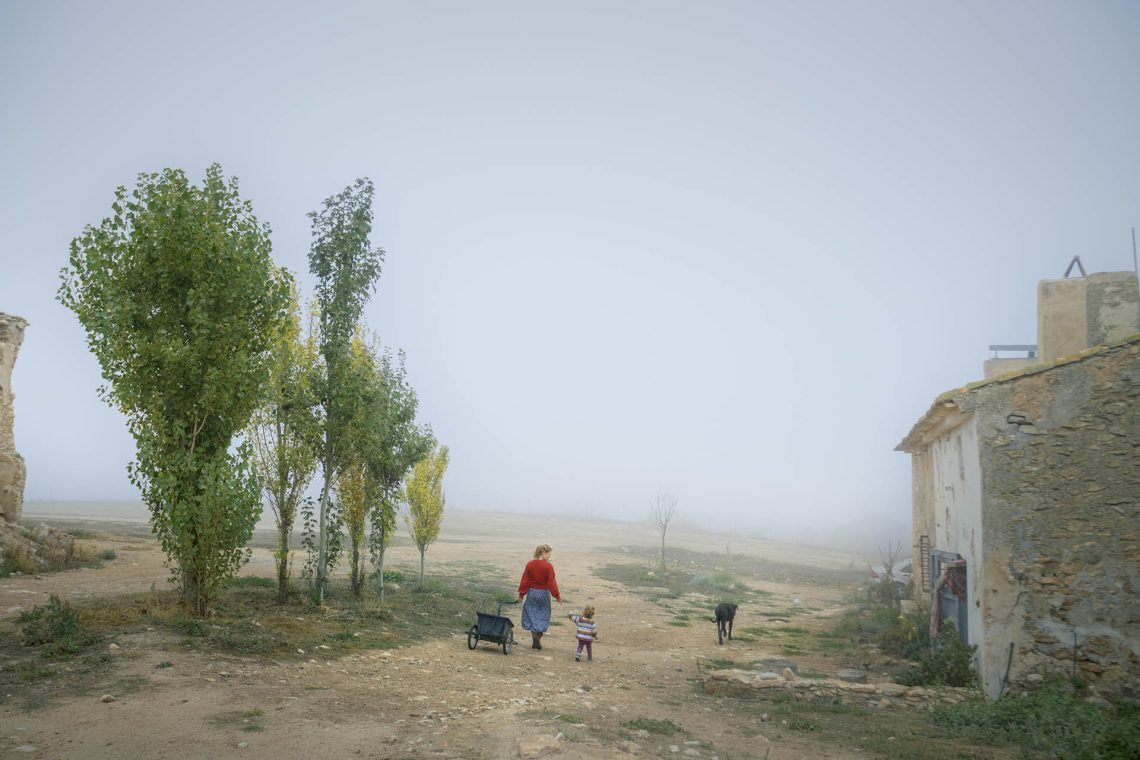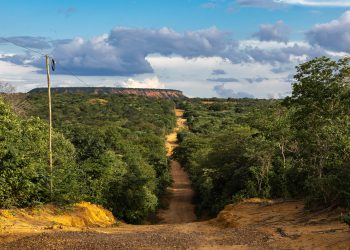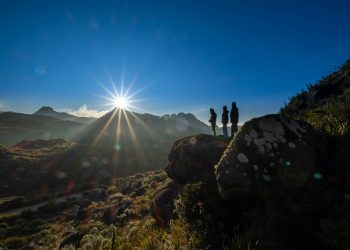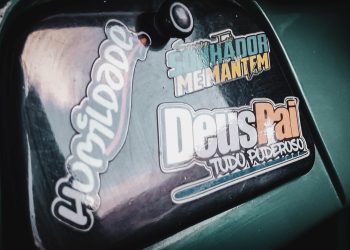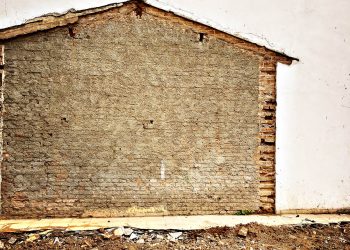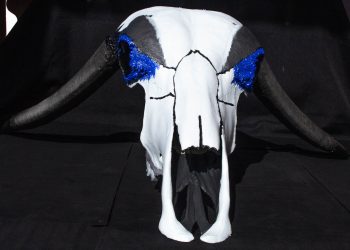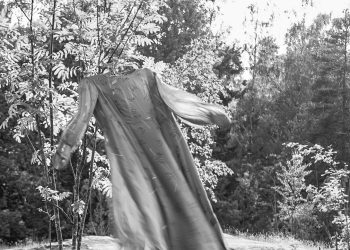‘Sanctuaria’ é um ensaio fotográfico que explora a vida em santuários animais e espaços seguros de bem-estar animal. Esses lugares sustentam não apenas amor pelos animais, mas uma filosofia de conservação ambiental. Representam uma proposta sustentável e transformadora para uma nova relação entre natureza e seres humanos — baseada no respeito aos animais e, sobretudo, aos recursos limitados do planeta, atualmente devastados pela pecuária industrial, que intensifica o efeito estufa e o aquecimento global.
A relação íntima entre esse setor e a degradação da Terra — por poluição, desmatamento e desertificação — está no centro da agenda dos santuários. Eles defendem novas formas de proteção da natureza, exigindo uma mudança radical na dinâmica de consumo e no paradigma econômico e social vigente.
‘Sanctuaria’ busca fomentar uma reflexão crítica sobre a coexistência entre humanos e animais não humanos. Por meio de uma abordagem documental e jornalística, o projeto visa destacar a complexidade dessas iniciativas e seu significado no debate mais amplo sobre respeito, direitos e ética em nossa relação com os animais.
Traduzido com IA Deepseek
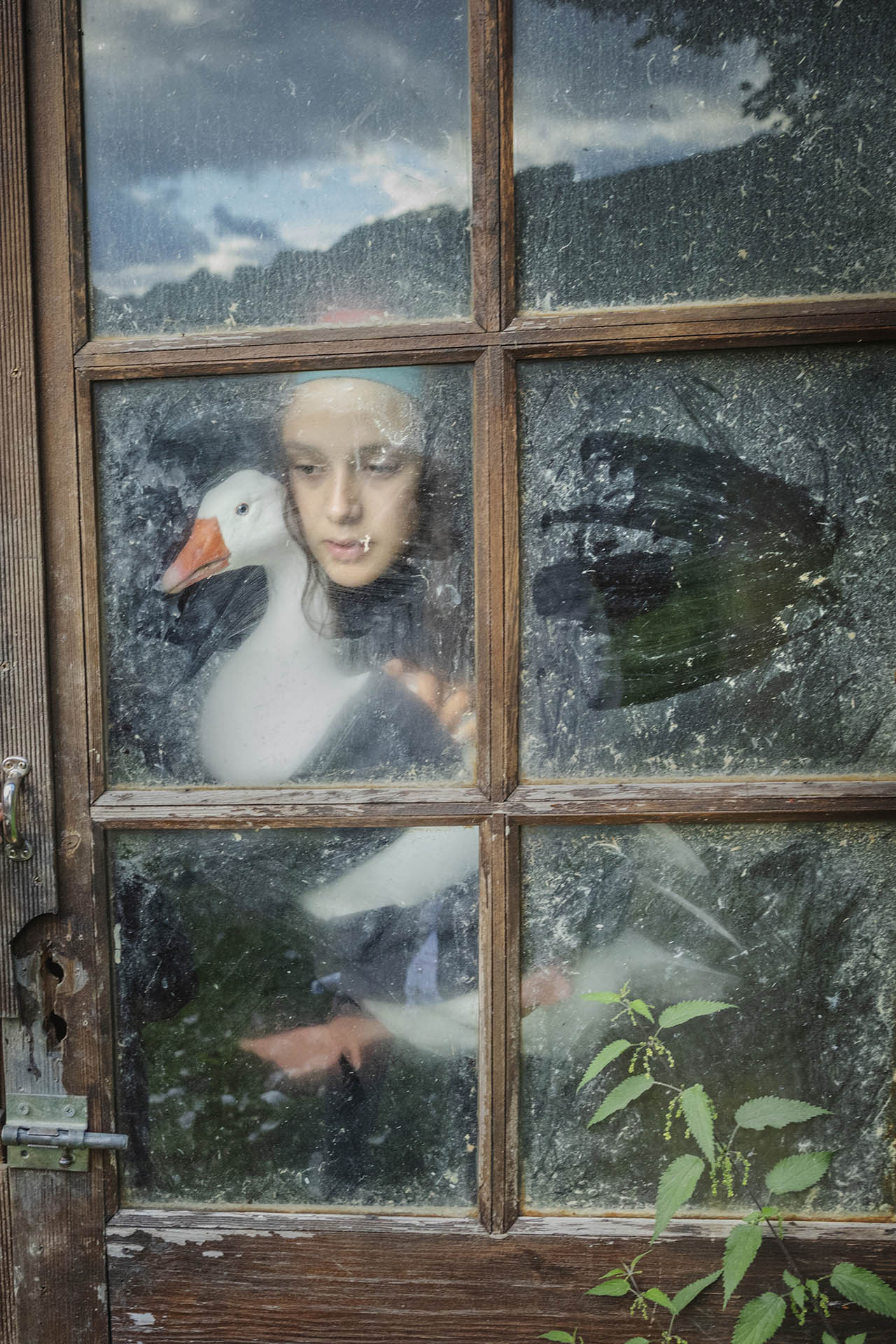
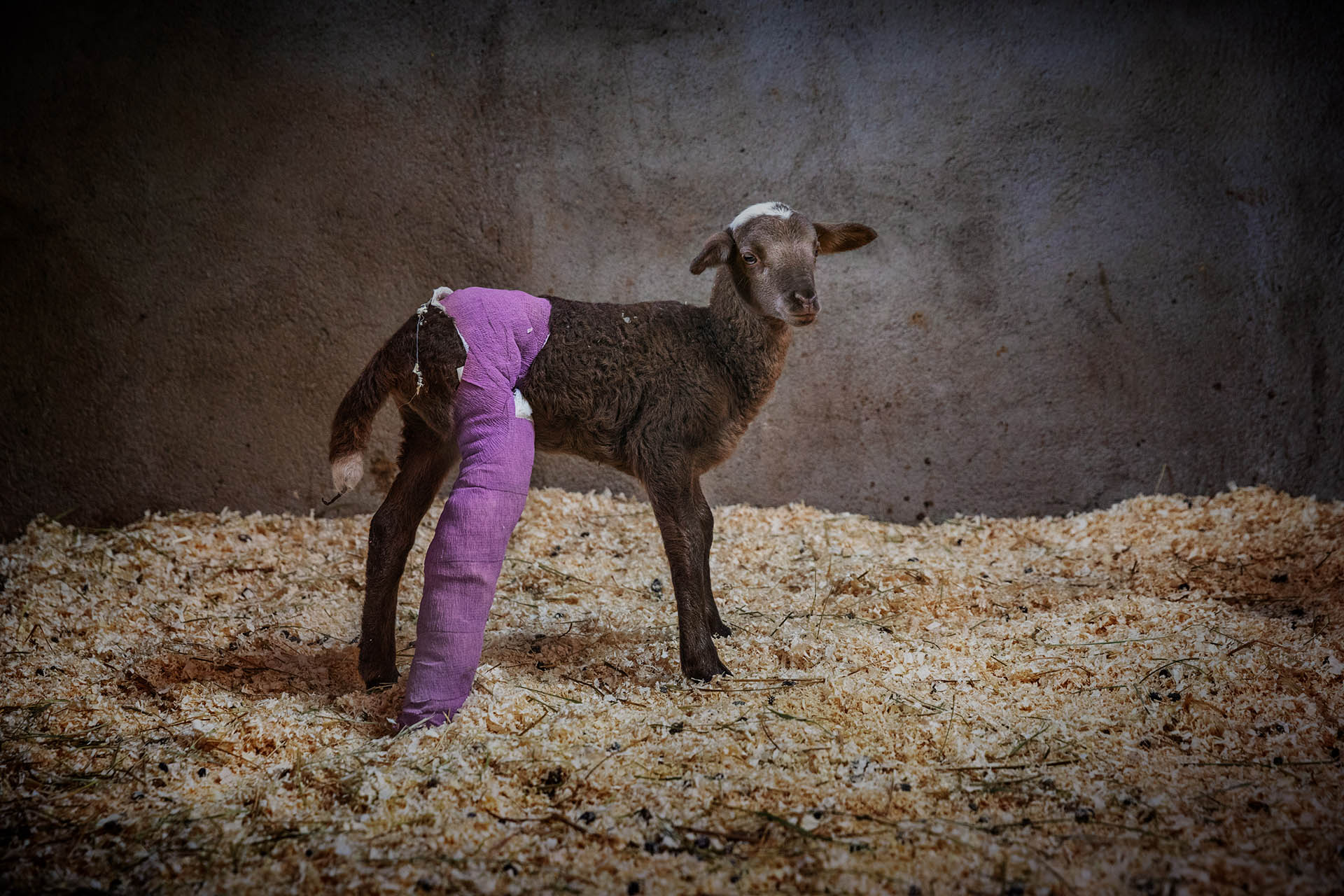
En octubre de 2020, Gaia tiene 169 ovejas y cabras de un total de 534 de los llamados animales de granja. Todos ellos fueron rescatados tras ser abandonados o decomisados por la policía. Cada animal tiene un nombre y un patrocinador que paga la comida y los gastos veterinarios. Estos santuarios no reciben fondos públicos y se financian exclusivamente a través de donaciones realizadas por donantes privados. Gaia cuenta actualmente con dos mil socios, o patrocinadores, que aportan el dinero necesario para cubrir los gastos generales del santuario, que ascienden a unos 30.000 € mensuales. Armonía permanecerá en la finca hasta que muera de muerte natural como el resto de animales de este santuario.
Five day old Armonia, at the Gaia sanctuary, was rescued from being sent to the slaughterhouse; she has a fractured tibia and her owners couldn’t take care of a sick sheep.
As of October 2024, Gaia has 169 sheep and goats out of a total 534 so-called farm animals. All of them were rescued after being abandoned or seized by the police. Each animal has a name and a sponsor who pays for their food and veterinary expenses. These sanctuaries do not receive any public funds and are financed exclusively through donation made by private donors. Gaia currently has two thousand members, or sponsors, who contribute the money necessary to cover the sanctuary’s overhead expenses, which amount to about €30,000 a month. She will remain on the estate until she dies a natural death like the rest of the animals at this sanctuary.
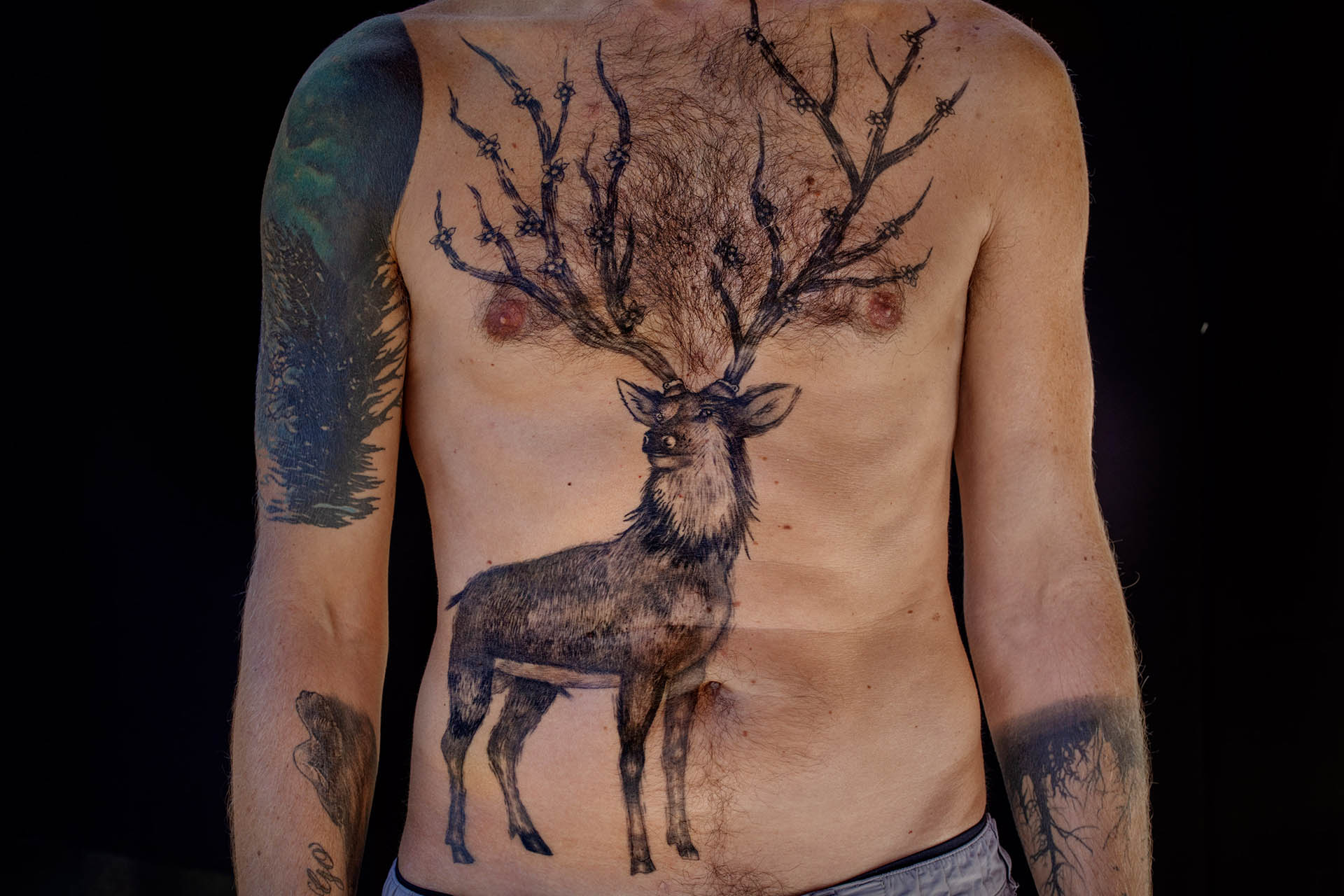
“I got the deer tattoo because I love deer. In this case, this tattoo doesn’t symbolize anything in particular. It was an aesthetic decision, and I really love it.” Coque Fernandez Abellá, veterinarian and co-founder of the Gaia sanctuary.
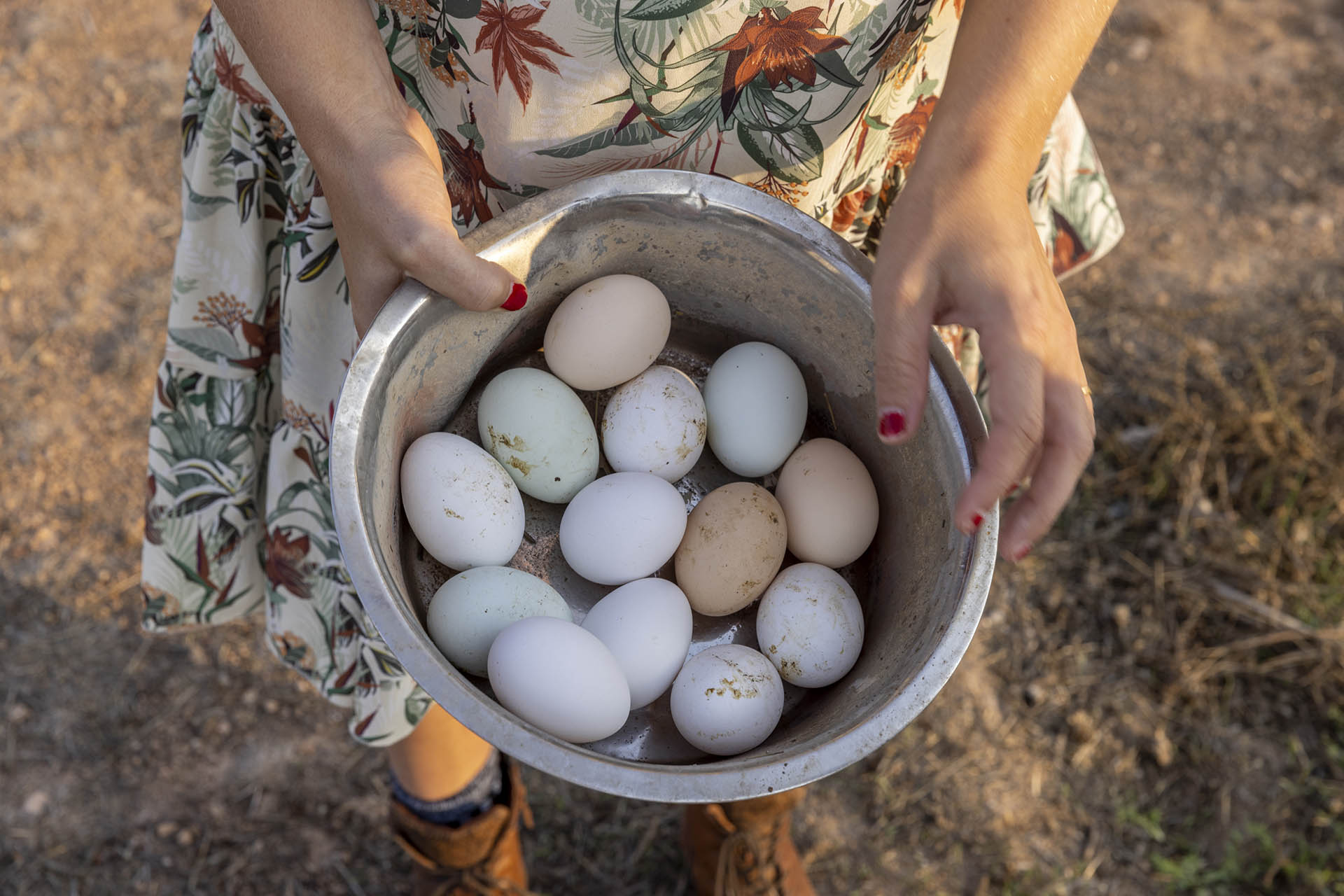
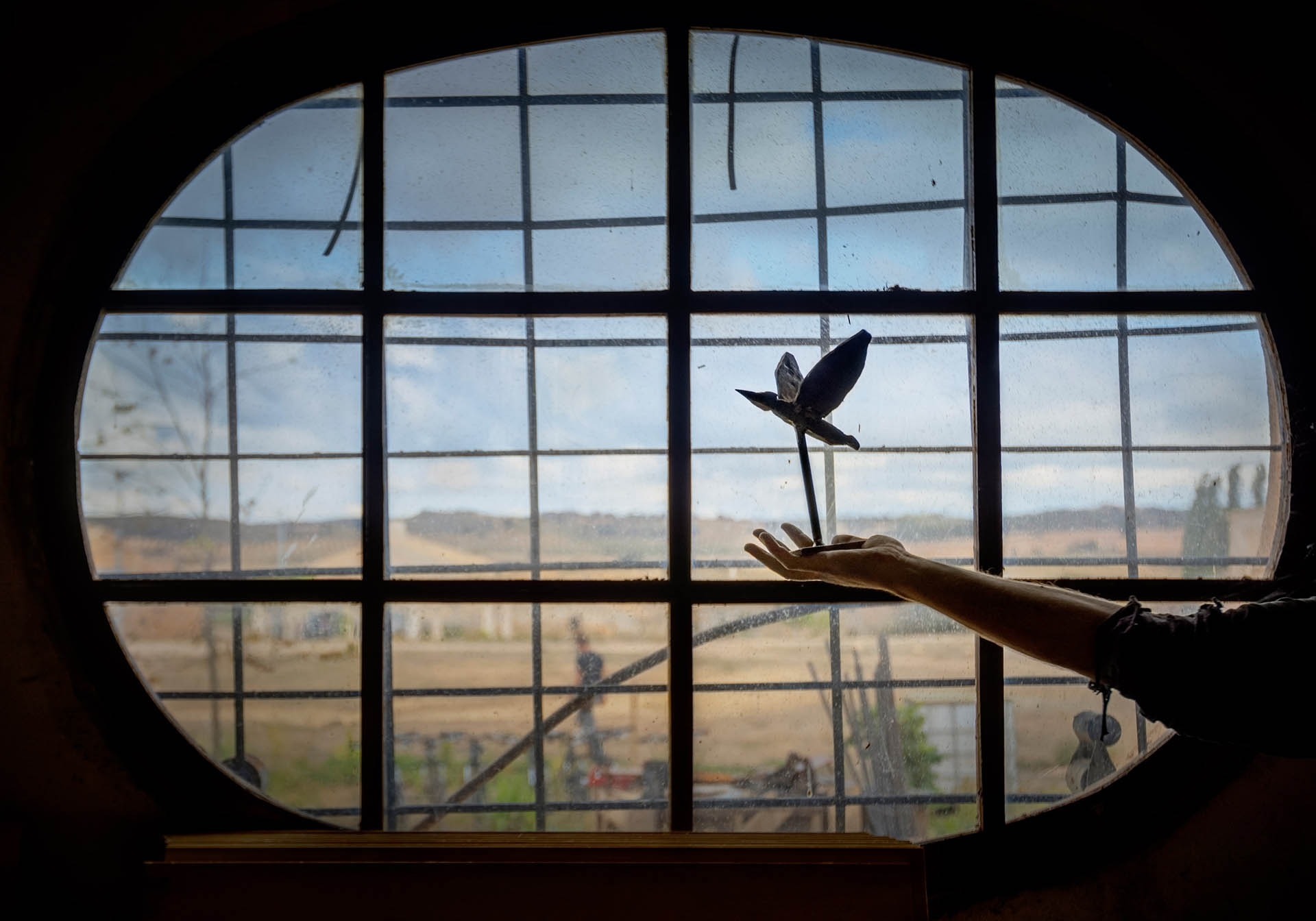
This particular bird has been created for my friend Pierina Seinfeld, who is dedicated to transforming individual elements and hanging them in order to find a constant moving balance between them.” Iñigo Flores, artist.
This iron bird was created by Iñigo Flores, blacksmith artist, at his workshop in La Junquera for his friend Pierina Seinfeld, who is dedicated to transforming individual elements and hanging them in order to find a constant moving balance between them.
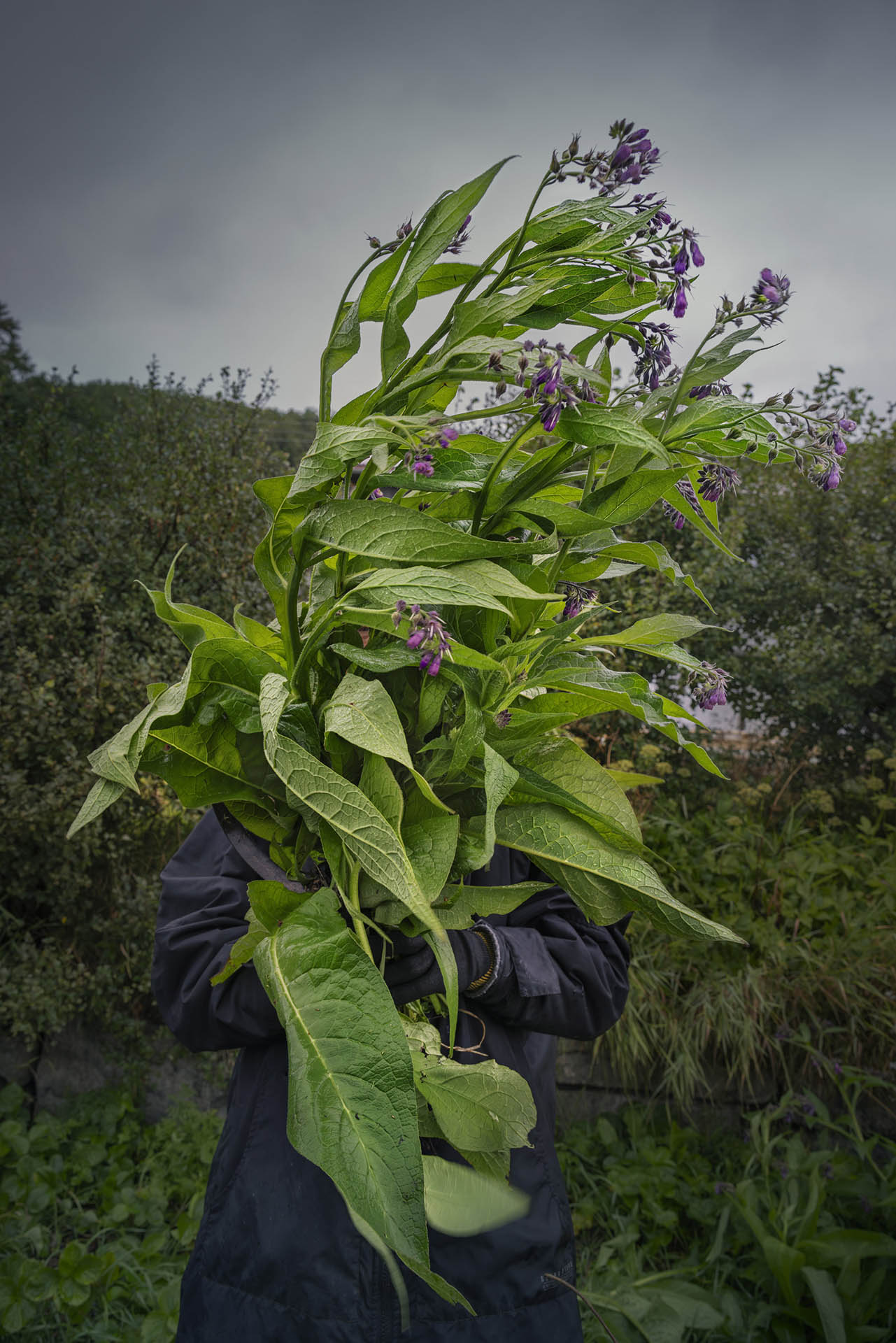
This iron bird was created by Iñigo Flores, blacksmith artist, at his workshop in La Junquera for his friend Pierina Seinfeld, who is dedicated to transforming individual elements and hanging them in order to find a constant moving balance between them.

Daga and Itak are Gaia sanctuary’s oldest inhabitants. These two horses, a mother and son, were already on the estate before Gaia acquired and rented the thirty-three acres to set up the sanctuary near Camprodón, in Girona. The horses had both been used for riding, and the sanctuary decided to keep them. They now live free in the forest inside the sanctuary, in an area somewhat far removed from the other animals. But they will soon begin a period of adaptation to help them get used to living with the other animals.



